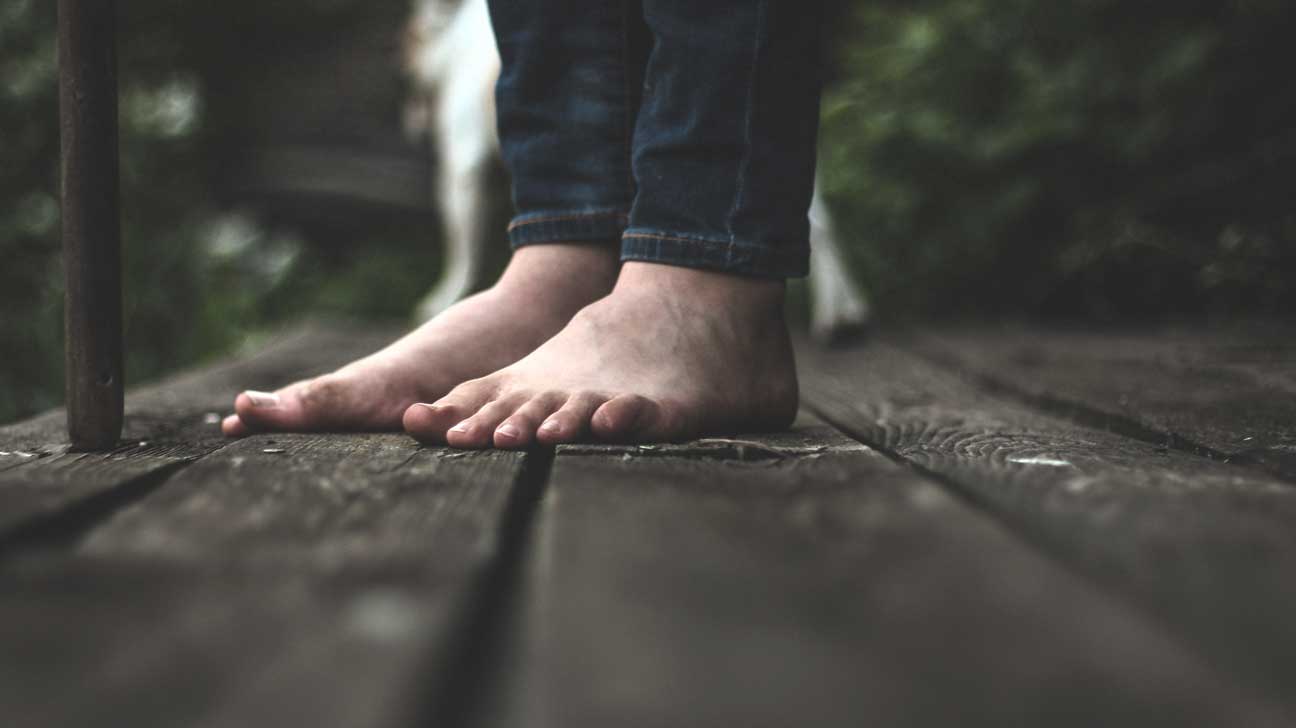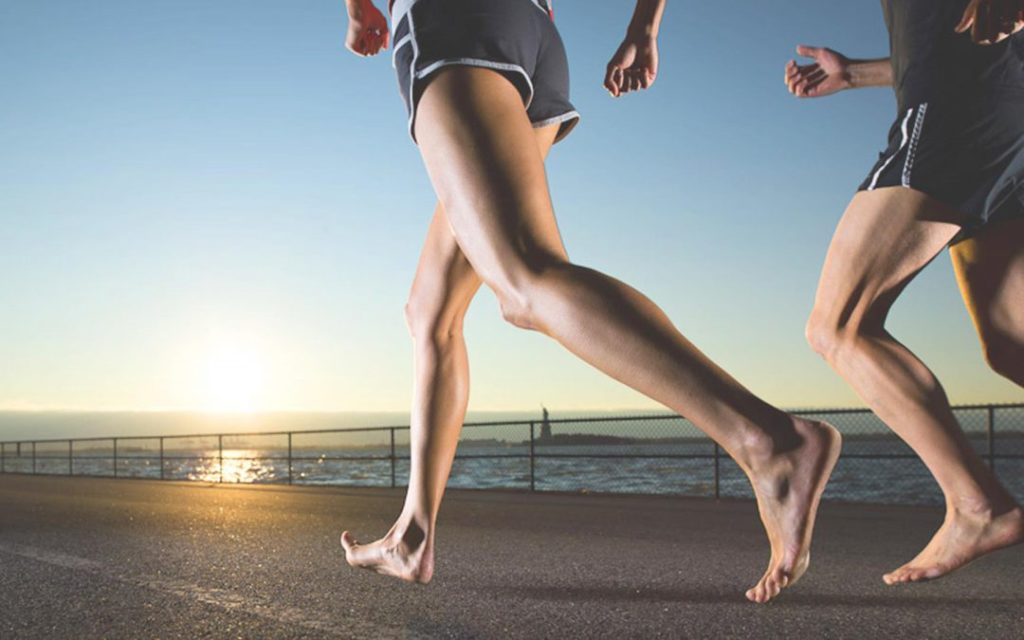Why Losing the Shoes can be a Good Thing (Sometimes)

For most of our lives, our parents have told us to keep our shoes on when going outside. When indoors or before sleeping, we are free to remove them and let our feet relax. There is nothing like walking barefoot on a beach while on holiday or taking them off after a long day.
Why do people tell us to keep our shoes on? Opposite this, Why should we not?
Let’s Begin with the Traditional Mindset
Parents remind us to keep our feet protected to avoid sustaining injuries on our feet and avoid contracting diseases. Sharp objects, germs, and diseases are widespread on the ground. One of the well-known conditions linked to foot health is fungal infection, which should be remedied by toenail fungus treatment and medication.
These are valid points and should be taken seriously, but are the threats of foot safety all that bad? You are more likely to spread germs and bacteria through your hands because of constant interaction. Foot injuries and bacteria spread still happens but can be prevented by maintaining good hygiene and being careful where you step on.
With the dangers out of the way, let us discover a world without shoes.
The Natural Mindset
According to orthopaedic surgeon Dr. Jonathan Kaplan, walking barefoot restores natural walking pattern. People who promote natural health theorised that humans had better foot health before the invention of shoes.
Without shoes, walking barefoot results in better control of your footing, improves your balance, and develops your leg muscles. More advantages of walking barefoot include better movement in your hips, ankles, and knees.
Walking barefoot also goes beyond physical health improvements. The relief of being free of improperly fitted shoes is a pleasurable sensation. This makes people more relaxed and feeling less tense. Researchers from Bournemouth University observed children without shoes can behave and learn better; this means they become engaged class and have better academic standing.
Walking barefoot
Years of walking with shoes on have made our feet used to wearing them. Before engaging in barefoot activities, it is essential you practise indoors and start slow. Even 15 minutes of walking at home will help you get used to the feeling of freedom.
It also decreases your risk of stepping on dangerous and unsafe objects. Remember to take it easy and keep the appropriate strength to avoid losing balance. Once you get the hang of walking indoors, you can try it out on safe surfaces outside: grass, sand, or rubber mats.
Walking on these surfaces help your feet adjust to rougher terrain and walk longer distances. Check your feet every now and then for injuries or reduced sensations. By improving your balance and walking on different terrain, you will soon be doing strenuous activities without shoes.

Before running or hiking barefoot, be sure your feet are conditioned well and are prepared for these activities.
Walking or running barefoot is fun and presents healthy benefits but should be adequately practised. The threats of having no shoes on are very real, so walk slow and give your feet time to adjust to the feeling. People have different bodies, so do not feel pressured and consult professional advice if things feel wrong.
All this information considered, are you ready to step outside?